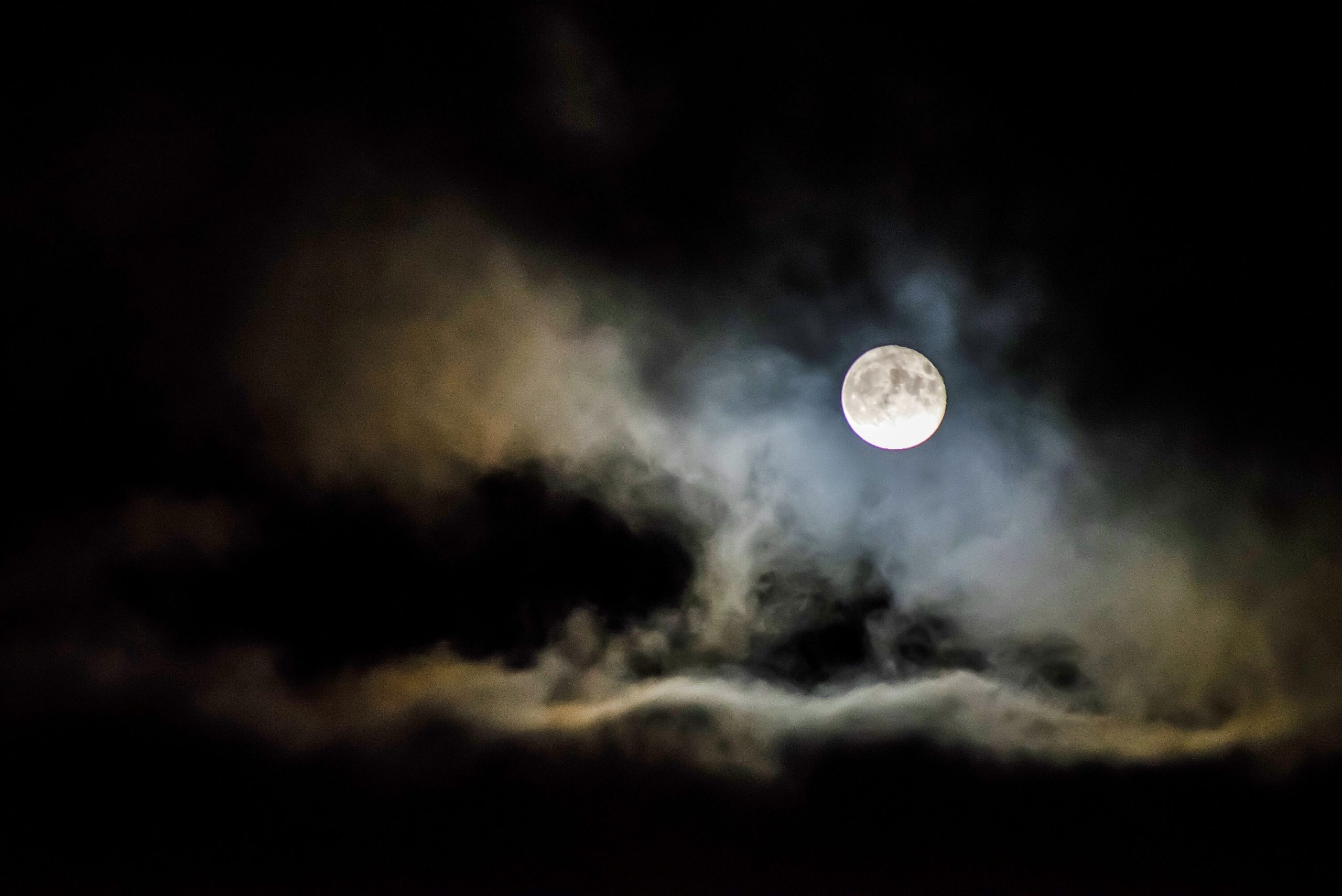Instrumentation: Orchestra (wind quintet, brass quintet, 2 percussion, strings (min. 6.5.4.3.2) and electronics.
Duration: 15:35
Commission: Carnegie Hall for the American Composers Orchestra
Premiere: 10/28/16
Conductor George Manahan and the American Composers Orchestra
Zankel Hall
New York, NY
Program Note:
Carnegie Hall commissioned Black Moon for its premiere on October 28, 2016, with George Manahan conducting the American Composers Orchestra at Zankel Hall. In thinking about the piece, I decided to take my inspiration from the mysterious moon, in particular the ‘black moon,’ which occurs when there is a second new moon in a month. This happens only once every two-and-a-half years. Some religious sects believe that the black moon augurs well for rituals and other ventures. In my piece, we embark on a journey that explores different faces of this mysterious event: its darkness and its light. There are contrasting characters: some shimmering, some rhythmic; some violent, some serene. To achieve these results, I augmented the orchestra with electronic sounds that together allow new and surprising aesthetic experiences. Sometimes I am asked why I often combine acoustic and digital media. The answer is that together they offer a vastly expanded sound world. In Black Moon, I transformed recordings I had made of acoustic instruments, intimately melding these two beautiful realms of sound. –JS
Press Quote:
“…Most impressive was the world première of Judith Shatin‘s Black Moon (2016) for orchestra and conductor-controlled electronics. Unlike the other pieces on the program, which each contribute a musical element to a preexisting narrative, Black Moon tells its own wordless story through a pliable, enigmatic interaction of electronics and acoustic instruments. Although at times the concert dipped into musical laziness and theatrical desperation, Shatin’s work made the experience well worthwhile.
During the opening to Black Moon, the electronics executed by Maxwell Tfirn swirled and pulsated in a truly creepy way, giving the impression that the sounds were boring into our skulls, without the usual visual cues as to what was producing them. As musical lines gradually seeped in, the anxiety heightened as it became unclear which sounds were electronic and which were “real.” Digitized droplets and streaks of sound shimmered over and under stilted woodwind arpeggios, jaunty woodblocks, and blaring brass. The interchange between rippling electronics and fluttering orchestra instruments became murkier and murkier as the piece progressed, leading up to a lovely array of extraterrestrial sounds and an enigmatic ending that left me thinking how much I’d love to see the film this piece might accompany.” – I Care if You Listen (12/6/16)

